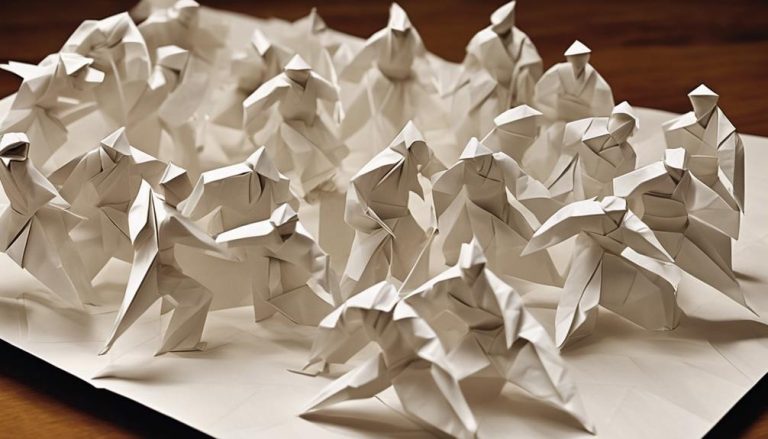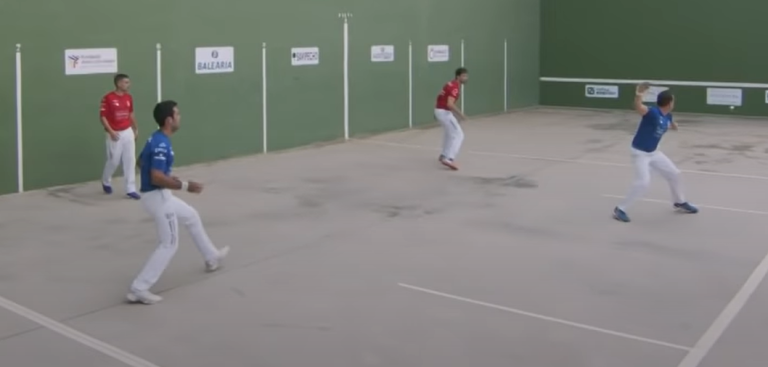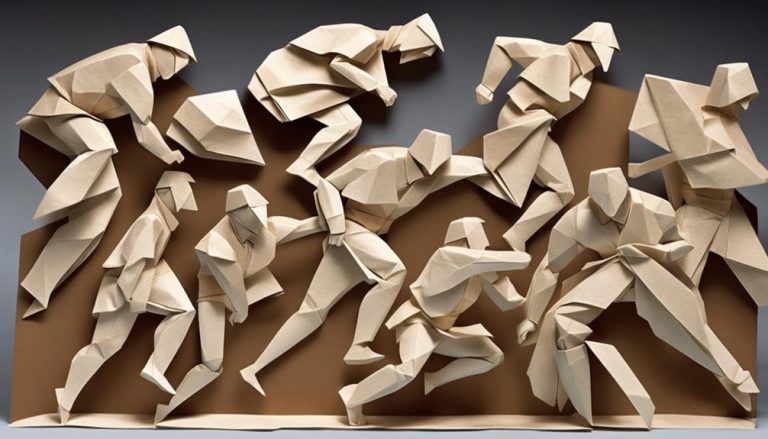General Rules of Pickleball Sport
When it comes to the world of pickleball, understanding the general rules is akin to deciphering the key to a complex puzzle. As you step onto the court, maneuvering through the intricacies of serve rules, scoring guidelines, and the nuances of the double bounce rule, you realize that every move you make must align with the established framework. However, there's one pivotal aspect that can make or break your game, and it lies in the domain of faults and let calls. Stay tuned to unravel the mysteries of how these elements shape the course of your play.
Serve Rules
When serving in pickleball, make sure that you stand behind the baseline and hit the ball underhand. Proper positioning is vital for a successful serve. The server must have both feet behind the baseline and not touching the court during the serve. It's important to follow these rules to avoid foot faults, which can result in a fault being called.
There are different serve techniques that players can use in pickleball. The most common serve is the underhand serve, where the ball is struck below the server's waist. This type of serve allows for better control and accuracy. Some players opt for a lob serve, which involves hitting the ball high and deep into the opponent's court. The lob serve can be effective in putting pressure on the opposing team.
As a server, you have certain responsibilities to make sure a fair game. You should wait for the receiver to be ready before serving and make sure to announce the score before each serve. It's important to be mindful of foot faults and correct positioning to avoid any penalties during the game.
Scoring Guidelines
To comprehend the scoring guidelines in pickleball, players must familiarize themselves with the rules governing point allocation. In pickleball, scoring is straightforward and follows a rotational system. When the serving team wins a rally, they score a point and the same server serves from the alternate service court. If the receiving team wins the rally, they become the serving team, but only the serving side can score. The first side to reach 11 points, with a lead of at least 2 points, wins the game.
To provide a clearer overview of scoring guidelines, let's break down the scoring system in a table:
| Scoring Situations | Points Awarded |
|---|---|
| Serving team wins rally | 1 point |
| Receiving team wins rally | No points |
| First to reach 11 points | Wins the game |
Understanding scoring techniques and implementing game strategies are essential for success in pickleball. Effective player communication and upholding sportsmanship ethics contribute to a positive playing environment. By embracing these principles, players can enhance their gameplay experience and foster a sense of camaraderie on the court.
Court Dimensions
Understanding the court dimensions in pickleball is important for players to make sure fair and accurate gameplay. Pickleball courts are 20 feet wide and 44 feet long for doubles play, with a non-volley zone, also known as the kitchen, that extends 7 feet from the net on each side. These dimensions play a vital role in determining player positions and developing effective game strategies.
Player positions in pickleball are highly influenced by the court dimensions. Due to the compact size of the court, players need to be strategic in their positioning to cover the court efficiently. For doubles play, partners often adopt a side-by-side position to cover more ground and minimize open spaces where opponents can place shots. Understanding the court's dimensions allows players to anticipate shots better and react swiftly to maintain control of the game.
Game strategies in pickleball are intricately linked to the court dimensions. Players often use the non-volley zone strategically to force opponents into making errors. By controlling the kitchen and placing shots precisely within the court boundaries, players can apply pressure on their opponents and dictate the pace of the game. Mastering player positions and utilizing the court dimensions effectively are key components of successful pickleball strategies.
Double Bounce Rule
Player compliance with the double bounce rule in pickleball is fundamental to maintaining a fair and competitive gameplay environment. The double bounce rule specifies that each team must allow the ball to bounce once on their side after the serve and once on the opposing side before volleys are permitted. This rule aims to promote longer rallies, strategic plays, and equal opportunities for both teams to engage in the game.
Understanding and adhering to the double bounce rule can markedly impact your gameplay. By strategically placing shots to force your opponents into a position where they have to hit the ball after the second bounce, you can gain control of the point. This requires not only good hand-eye coordination but also excellent communication skills with your partner to anticipate the ball's trajectory and plan your moves accordingly.
Players who effectively utilize the double bounce rule can create opportunities to outmaneuver their opponents, setting up winning shots and gaining a competitive edge. By incorporating this rule into your gameplay strategy, you can enhance your overall performance on the pickleball court and elevate your chances of success in matches. Practicing and mastering the nuances of the double bounce rule will undoubtedly contribute to your growth as a skilled pickleball player.
Faults and Let Calls
When encountering faults and let calls in pickleball, players should be aware of the rules governing these instances to guarantee fair and accurate gameplay. Let calls are made when play is interrupted due to unexpected circumstances such as a ball rolling onto the court from another game. In such cases, players should stop the game immediately and call a let. Let calls can also be used when there is interference during a point, which can include a ball from another court coming into play or a player accidentally entering someone else's court. It is important to practice good sportsmanship etiquette by acknowledging let calls and replaying the point fairly.
Understanding faults is essential in maintaining the integrity of the game. Faults occur when a player makes an error, such as hitting the ball out of bounds, stepping into the non-volley zone during a volley, or failing to return the ball before it bounces twice. It is important to recognize and admit to faults when they occur, as that shows respect for the rules and your fellow players. By following the guidelines for let calls and faults, players contribute to a positive and honorable pickleball experience for all involved.
Frequently Asked Questions
Can Players Switch Sides During a Pickleball Match?
During a pickleball match, players can switch sides following the side switching etiquette. This strategic move can provide various advantages, such as adjusting to lighting conditions, wind direction, and gaining a different perspective on your opponent's gameplay.
Are There Any Restrictions on the Type of Paddle That Can Be Used in Pickleball?
When it comes to pickleball, you'll want to use a paddle that meets certain requirements. Consider the material, weight, grip, and size of your paddle. Make sure it complies with guidelines to enhance your game.
Is There a Time Limit for Completing a Pickleball Match?
When playing pickleball, time management is vital for success. Players often strategize to gain a competitive edge, avoiding stalling tactics. While there isn't a strict time limit for completing a match, efficient play is key.
Are Players Allowed to Wear Any Type of Shoes on the Pickleball Court?
You can wear different types of shoes on the pickleball court, but consider court etiquette and game strategy when choosing footwear. Proper shoe options can improve your performance and prevent potential injuries during play.
Is There a Limit to How Many Times a Player Can Hit the Ball Before It Must Be Returned Over the Net?
In pickleball, there's no set limit on how many times you can hit the ball before it must go over the net. Ball control and shot placement are essential for strategy and tactics during play.






